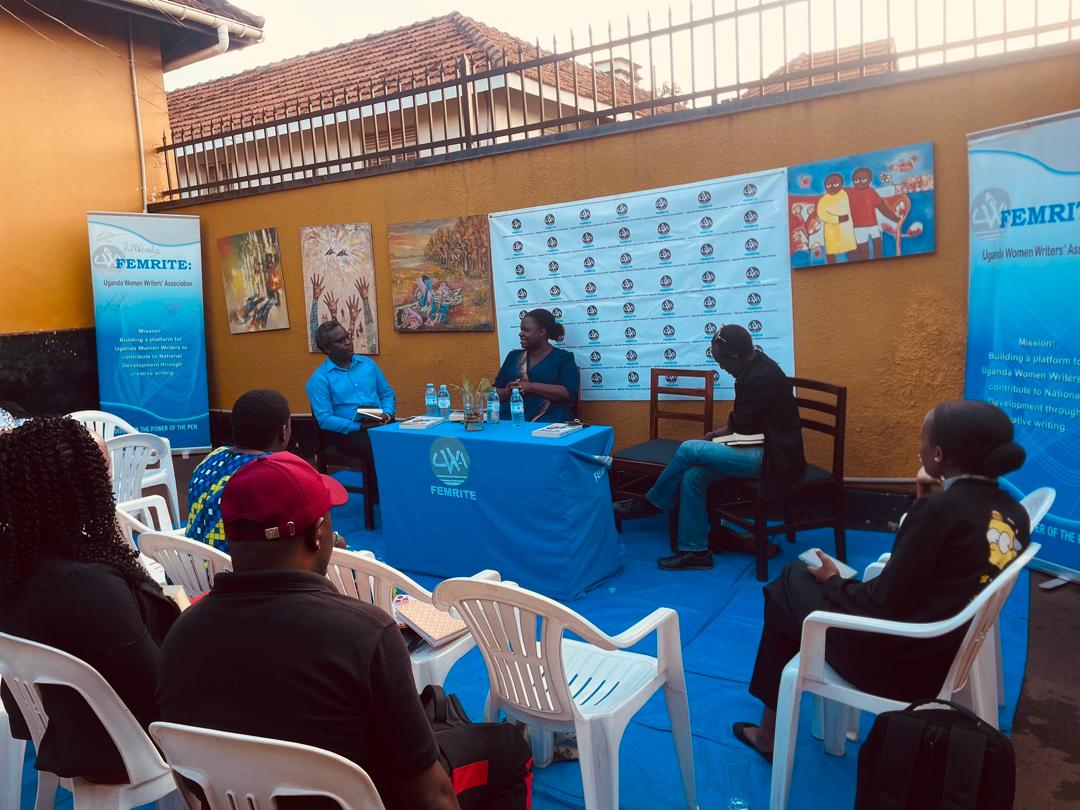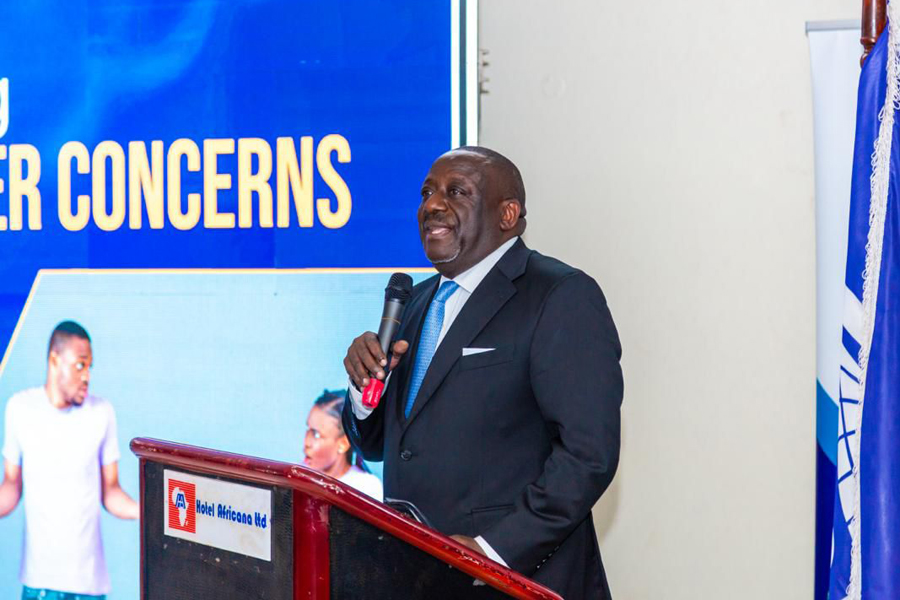Breaking Barriers: Uganda's Journey Towards Inclusion for People with Disabilities
In Uganda, people with disabilities often face formidable challenges that hinder their full participation in society, access to essential services, and realization of their rights and potential. Despite efforts to promote inclusion and protect the rights of persons with disabilities, significant barriers persist, underscoring the need for concerted action to address systemic discrimination and ensure equal opportunities for all.
The Landscape of Disability in Uganda:
Keep Reading
According to the Uganda Bureau of Statistics, an estimated 12% of Uganda's population lives with some form of disability, representing a significant portion of the country's demographic landscape. Disabilities encompass a wide spectrum of physical, sensory, intellectual, and psychosocial impairments, each presenting unique challenges and barriers to inclusion in various aspects of life.
Challenges Faced by People with Disabilities:
Persons with disabilities in Uganda encounter multifaceted challenges that span social, economic, and institutional realms. These challenges include:
1. Limited Access to Education: Many children with disabilities face barriers to accessing quality education due to inadequate infrastructure, lack of trained teachers, and stigma within schools. As a result, they are often excluded from mainstream educational opportunities and denied the chance to reach their full academic potential.
2. Employment Discrimination: Discrimination and prejudice in the workplace prevent many individuals with disabilities from securing gainful employment or accessing vocational training programs. Negative attitudes, inaccessible workplaces, and a lack of reasonable accommodations further exacerbate their exclusion from the labor market.
3. Inadequate Healthcare Services: Persons with disabilities often encounter barriers to accessing healthcare services, including physical barriers in healthcare facilities, limited availability of specialized services, and stigma from healthcare providers. As a result, they may face disparities in healthcare outcomes and encounter challenges in managing their health conditions effectively.
4. Transportation and Accessibility: Inadequate transportation infrastructure and inaccessible public spaces pose significant challenges to mobility and independence for persons with disabilities. Limited availability of accessible transportation options, such as wheelchair-accessible vehicles and accessible public transit, restricts their ability to participate fully in social, economic, and recreational activities.
5. Social Stigma and Discrimination: Negative attitudes and social stigma towards persons with disabilities perpetuate misconceptions and stereotypes, leading to social isolation, marginalization, and exclusion from community life. Discriminatory practices in housing, recreation, and social services further exacerbate their vulnerability and restrict their opportunities for social interaction and participation.
Addressing the Challenges:
Efforts to address the challenges faced by persons with disabilities in Uganda require a comprehensive and multi-sectoral approach that addresses systemic barriers, promotes awareness and understanding, and fosters a culture of inclusivity and respect for diversity. Key strategies include:
1. Legal Protections and Policy Reforms: Strengthening legal frameworks and policy mechanisms to protect the rights of persons with disabilities, enforce anti-discrimination laws, and promote inclusive development across all sectors.
2. Education and Awareness: Promoting inclusive education policies and awareness campaigns to challenge stereotypes, combat stigma, and foster a culture of acceptance and inclusion in schools, workplaces, and communities.
3. Accessibility and Infrastructure: Investing in accessible infrastructure, transportation systems, and public spaces to ensure equal access and participation for persons with disabilities in all aspects of life.
4. Healthcare and Social Services: Improving access to healthcare services, rehabilitation programs, and social support systems to address the unique healthcare needs and challenges faced by persons with disabilities.
5. Employment and Economic Empowerment: Creating opportunities for vocational training, skills development, and employment support to enable persons with disabilities to participate fully in the labor market and contribute to economic growth and development.
Moving Towards Inclusion:
As Uganda strives to build a more inclusive society, it is essential to recognize the rights, dignity, and contributions of persons with disabilities and ensure their full participation in all aspects of life. By addressing systemic barriers, promoting awareness and understanding, and fostering collaboration between government, civil society, and the private sector, Uganda can create a more inclusive and equitable society where every individual, regardless of ability, can thrive and realize their full potential.















